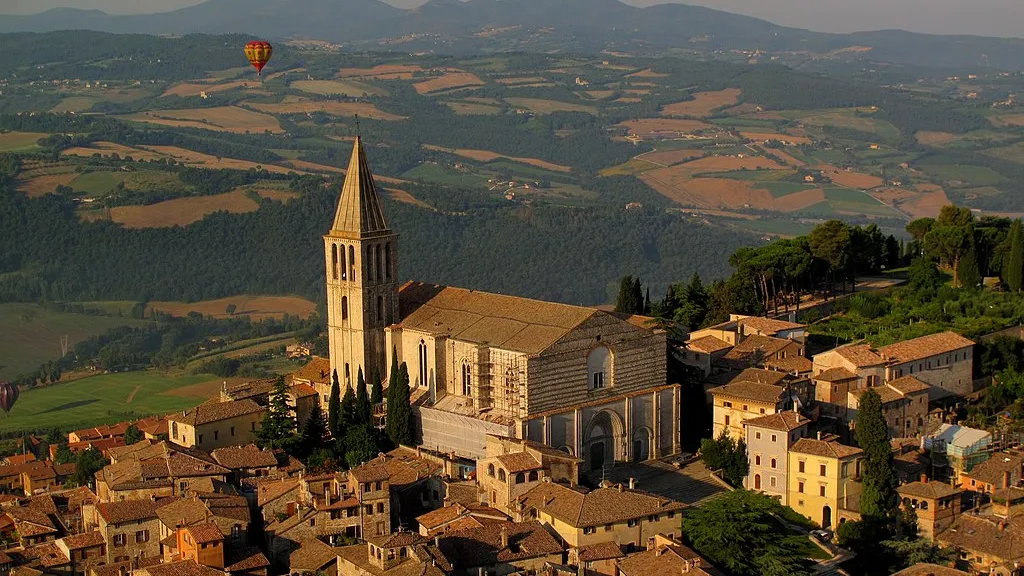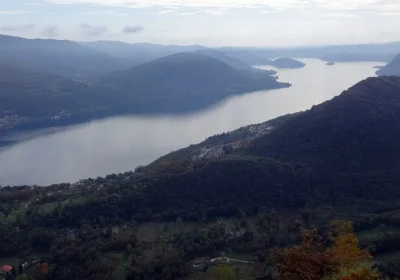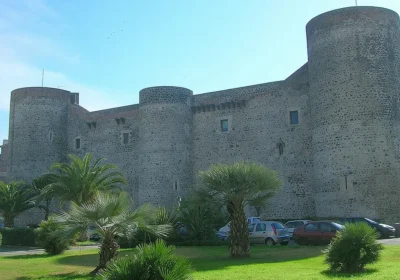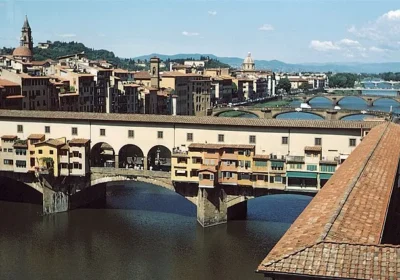Overview Tour of the city of Todi.
This tour is by car.
Elegant Todi stands proudly on a hilltop overlooking the Tiber Valley. The belfries and towers of its temples are surrounded by three rings of fortress walls built by the Etruscans, Romans and medieval ancestors of the Italians. Behind these walls are safely hidden untold architectural treasures: churches, palaces and museums with the richest expositions. But it’s the piazzas that are the most photogenic in Umbria that are most appreciated here.
Historians can’t say exactly when the town was founded, but claim that there was a settlement here as early as the 2nd millennium B.C. For centuries the area was a borderland between the Etruscan and Umbrian tribes, which is why the name of the town comes from the word “tular”, meaning “border”. One of the city’s vantage points is in Piazza Garibaldi, which offers a fabulous view of the green hills of Umbria.
Todi consists almost entirely of a network of narrow streets with steep ascents and descents, typical of medieval hill towns.
Piazza del Popolo is the city’s main square. It was built on the site of an ancient Roman forum. Today, del Popolo continues the tradition of the Roman Empire, remaining the centre of urban life in Todi.
Cathedral – it was built in the 12th century on the foundations of a pagan sanctuary. Inside the Romanesque temple there is a 14th-century altar, rich frescoes and stone-encrusted choirs.
Palazzo del Capitano – this majestic building with unusual windows and a wide staircase today houses the Etruscan-Roman History Museum and the Pinacoteca, an art museum.
The Temple of San Fortunato was laid out in 1292 and completed 200 years later. The exterior of the church is unrivalled, decorated with numerous fanciful images of people and animals. The famous 13th century Italian religious poet Jacopone da Todi, whose statue stands at the entrance to the church, is buried in San Fortunato.
The Church of Santa Maria della Consolazione – this 16th century church with 4 apses and a beautiful dome is considered one of the finest Renaissance monuments in Central Italy.
The church was long attributed to the famous Donato Bramante, as it closely resembles his St Peter’s Cathedral in Rome. But eventually it was possible to identify the true creator – Cola da Caprarola. A miraculous icon of the Virgin Mary is kept in the church near the altar.
Legend has it that a worker blind in one eye once cleaned dust from this image and then wiped his face with a napkin. He immediately regained his sight.

















